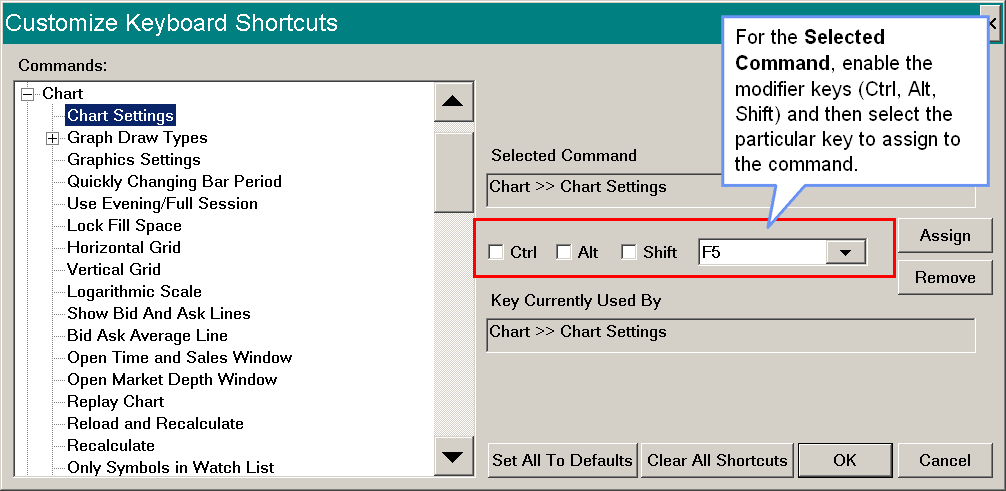

- #KEYCLICK AND SIERRA MAC OS X#
- #KEYCLICK AND SIERRA INSTALL#
- #KEYCLICK AND SIERRA REGISTRATION#
- #KEYCLICK AND SIERRA SOFTWARE#
- #KEYCLICK AND SIERRA TRIAL#
To remove Keyclick, first turn off Keyclick in the preferences panel and press "Show All" or quit the System Preferences application. In order for Keyclick to observe system wide keyboard events, you must either enable such access, or if you prefer not to let other programs observe keyboard events, you can Authenticate using an Administrator Password to authorize just the Keyclick program.
#KEYCLICK AND SIERRA SOFTWARE#
The first time you try to enable Keyclick, the software may ask you to "Enable access for assistive devices" in Universal Access Preferences. If you are installing over a previous version, please turn off Keyclick (and Scroll wheel click) in the preferences panel and press "Show All" or quit the System Preferences application to stop the previous version of the Keyclick Server.
#KEYCLICK AND SIERRA MAC OS X#
As a System Preference Panel, Mac OS X will ask you if you would like to add it to the System Preferences for this user only, or all users of your system.
#KEYCLICK AND SIERRA INSTALL#
To install the software, simply double-click on the Keyclick preference pane. Runs on either PPC or Intel (Universal Binary) Mac OS X 10.4 (Tiger) or later (at this time)

#KEYCLICK AND SIERRA REGISTRATION#
Once you are certain that our software is right for the job, a registration key can be purchased for $5.
#KEYCLICK AND SIERRA TRIAL#
You might be surprised how much you like the keyboard you already own.Īs with all of our Macintosh software, Keyclick features a fully functional 21 day trial period. If your keyboard seems mushy, or you've ever longed for the crisp feel of an older keyboard, give it a try. Keyclick is only US $5 and works on laptops. Replacement keyboards with premium mechanical key switches are still available and popular with some programmers (like the Matias TactilePro), but at $50 and up these keyboards may be more than desired. Perhaps it was the Apple Extended keyboard (saratoga) or IBM Model M.

Many long time computer users have fond memories of a favorite keyboard. I suggest starting just above the softest volume that's clearly discernible. The volume is also affected by the system volume setting so it can adapt more easily to quiet or noisy surroundings. Use Cmd-Shift-) for louder, and Cmd-Shift-( for softer (or define your own shortcuts). Keyclick allows you to adjust the volume up or down at any time without even visiting the Keyclick Preferences Panel. To be most effective, the feedback needs to subtle and non-distracting. While there are existing programs that imitate the sound of an old fashioned typewriter, they do not appear to be intended as a practical touch typing aid. Keyclick provides that feedback while improving on the original. Human factors work on video terminals in the 1980s showed that the perception of keyboard crispness is correlated with audio feedback. Today most keyboards are made using rubber domes which can provide a similar force displacement or tactile feel, but not the sound. Years ago keyboards were made with premium key switches that provided a resounding click when a key snapped over. POWER SPECTRAL DENSITY: 0.Keyclick is a Mac OS X preference pane that provides adjustable audio feedback for keystrokes, mouse clicks, and the scroll wheel. STORAGE: -40C to +60C OPERATING: 0C to +50Cᅠ- AIR Presure 700 hPa to 1060 hPa, Climatic class DIN-IEC 68, part 1, appendix A (200g +/- 30g) FEEDBACK: Tactile with Mechanical SnapĬaps lock Scroll lock Num lock Accept LED for MSR and/or user controlled MATERIAL: Industrial silicone rubber LIFE: Greater than 10 million cycles TRAVEL: 0.055 in. PRINTED CIRCUIT BOARD: 94 VO SILICONE OVERLAY: 94HB INTERFACE CABLE: 94 VO PS/2 KEYBOARD: All Windows Operating Systems USB KEYBOARD: All Windows and Macintosh OS LENGTH: 10 feet (3 meters) DESIGN: PS/2, AT or Single-Cable USB STORAGE: -40C to +90C (-40F to +194F) OPERATING: -40C to +70C (-40F to +158F)ġ00% Humidity Resistant (when properly installed)ģ x 11 ms Pulses of 50g on each of 3 Axesġ7.70" x 9.20" x 1.58" (w-h-d) 449.6mm x 233.7 mm x 40.1 mmĪll keys, repeat frequency and delay time are programmable IP Rated, NEMA 4X UL60950, FCC Part 15 Class B


 0 kommentar(er)
0 kommentar(er)
